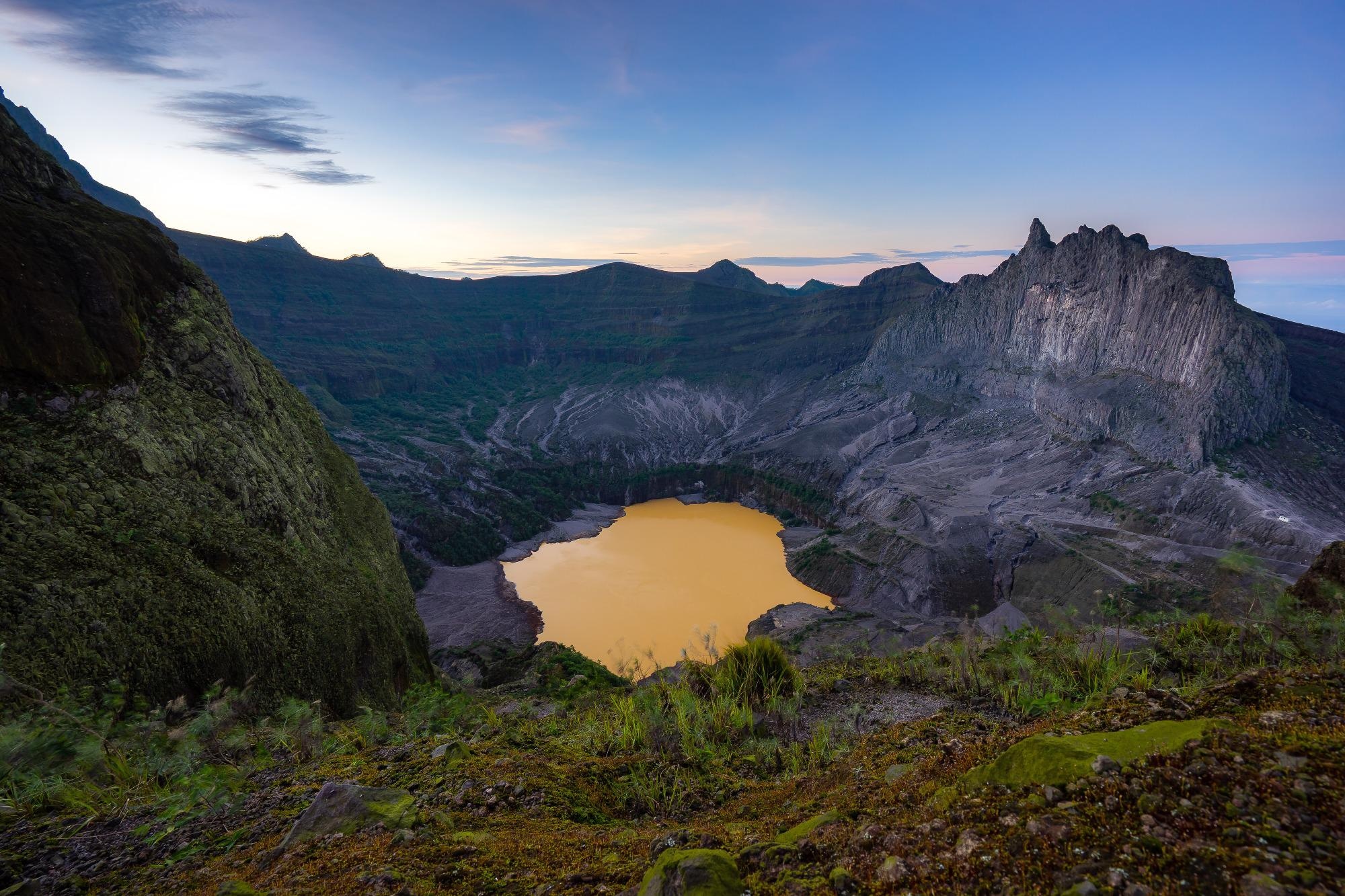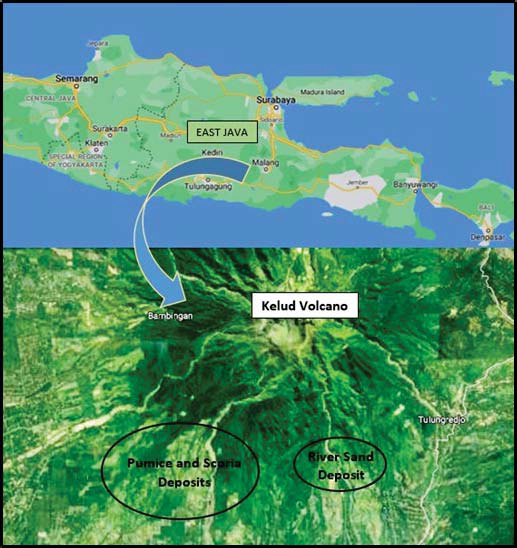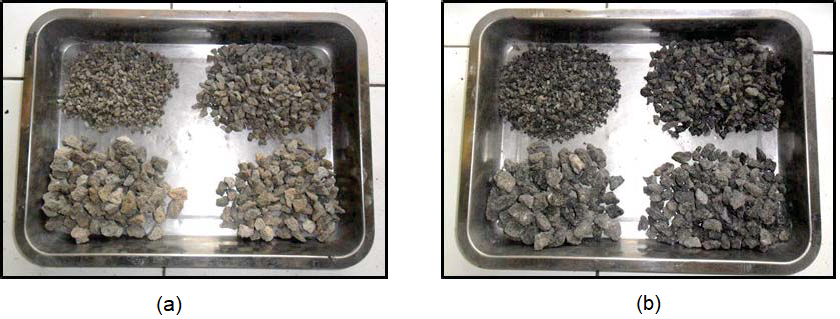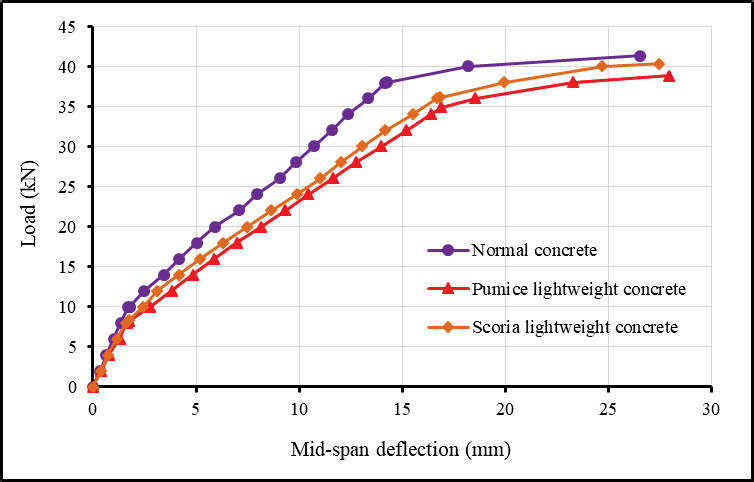A new study published in the journal AIP Conference Proceedings explores a novel approach to utilize eruptive deposits in construction materials, aiming to leverage these deposits’ unique properties to help create both fine and coarse aggregate destined for use in green structural lightweight concretes.

Study: Potential use of Kelud volcano eruptive deposits, Indonesia as aggregates of Green structural lightweight concrete. Image Credit: Anom Harya / Shutterstock
Mount Kelud – close to Kediri in Eastern Java – is one of over 100 active volcanoes in Indonesia. There have been a number of recorded eruptions of Mount Kelud in the past hundred years, with the last recorded eruption taking place in 2014.

Location of Kelud volcano. Image Credit: AIP Conference Proceedings
This eruption was severe enough to destroy four of the five active monitoring stations tracking seismic activity at the time and caused an ash cloud reaching 26 km in altitude and prompting the evacuation of around 100,000 local people and the closure of a number of national and international airports.
Like many volcanoes, eruptions of Mount Kelud result in the emission of eruptive deposits onto the volcano’s slopes and into nearby rivers as river sand and volcanic rock fragments. These comprise andesite, pumice, and scoria in a range of sizes.
Rock fragments of pumice and scoria tend to be abundant in eruptive deposits, but there has been little investigation into the potential practical uses of these materials.
The researchers investigated and evaluated the deposits’ physical properties using a series of experiments, comparing results against the mechanical and physical properties of existing concretes typically used in the region.
Structural lightweight concrete must exhibit sufficient cylinder compressive strength and practical equilibrium density to be safely used in buildings’ main structural elements; for example, slabs, columns, beams, shear walls and other elements.
Structural lightweight concrete also reduces the dead load on a building or structure, in turn reducing the building mass, inertia force, and static seismic force. This reduces the risk of structural failure from earthquakes or other seismic activity – an important consideration for areas close to active volcanoes such as Mount Kelud.
Production of these key structural elements from standard concrete can be expensive, so the potential to employ naturally occurring materials in their fabrication could offer significant economic benefits.
Precast units such as slabs are a popular tool in the construction of many buildings, helping meet the need for rapid erection of structures according to standardized specifications.

Four fractions of coarse aggregate: (a) Pumice and (b) Scoria. Image Credit: AIP Conference Proceedings
These slabs could be produced using pumice- and scoria-based lightweight concretes, manufactured at commercial scales and ensuring guaranteed quality and low production costs which would be reduced yet further through the use of abundant natural coarse lightweight aggregates.
The complex sintering process used to produce artificial aggregates requires high levels of heat and causes significant levels of air pollution.
More than ever, it is important to utilize environmentally friendly processes across all industries, making the production of these green concretes from naturally abundant materials an appealing option.
During testing, sand from the Kikisan river deposited during previous eruptions was found to meet the fine aggregate requirements, offering the potential to lower the density of lightweight concrete.
Deposits of pumice and scoria were found to meet the requirements of coarse lightweight aggregate, but a specialist treatment was required to make these a viable option for construction due to their tendency to absorb liquid.
It was determined that pumice and scoria lightweight concretes were able to achieve compressive strengths of between 30 MPa to 32 MPa, and reductions in density of around 21.63% to 23.22%.
The chord modulus of elasticity was determined to be approximately 70% versus standard weight concrete while splitting tensile strength and modulus of rupture were found to be relatively low.
When examining samples that had exhibited similar degrees of compressive strength, it was also determined that the bending capacities of both pumice and scoria lightweight concrete-based precast slab units was also relatively high, at around 95% of the control values.

Comparison of the bending test results of precast slab units. Image Credit: AIP Conference Proceedings
Concretes made from eruptive deposits displayed comparable performance and properties to standard concretes, offering significant promise in terms of their potential use in construction projects.
Eruptive deposits in the vicinity of Mount Kelud are highly abundant and become more so with each eruption. The potential to utilize these deposits in local construction projects offers a beneficial source of raw materials for new developments, and to redevelop buildings or infrastructure damaged in previous eruptions.
Disclaimer: The views expressed here are those of the author expressed in their private capacity and do not necessarily represent the views of AZoM.com Limited T/A AZoNetwork the owner and operator of this website. This disclaimer forms part of the Terms and conditions of use of this website.
Sources:
Hendro Suseno, Ming Narto Wijaya, and Lilya Susanti, "Potential use of Kelud volcano eruptive deposits, Indonesia as aggregates of Green structural lightweight concrete", AIP Conference Proceedings 2447, 030002 (2021) https://aip.scitation.org/doi/abs/10.1063/5.0072633
Britannica (n.d.) https://www.britannica.com/place/Indonesia/Celebes-and-the-Moluccas#ref63118
Smithsonian Global Volcanism Program (2014) https://volcano.si.edu/volcano.cfm?vn=263280